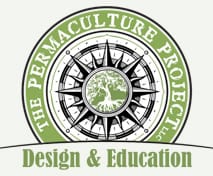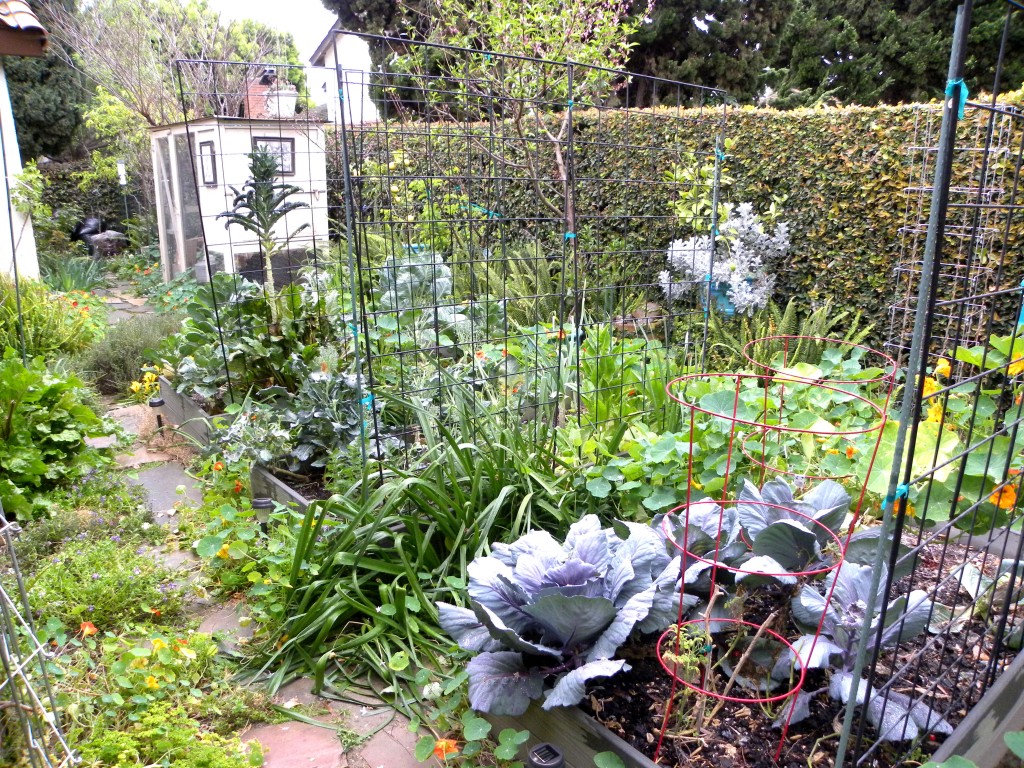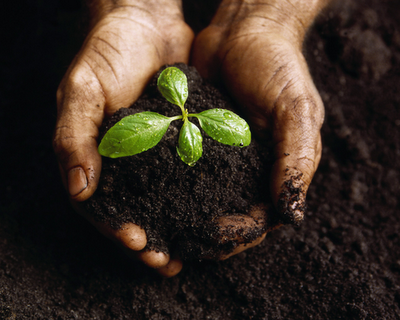More reflections on chapter one of the Designer’s Manual from my Russian student Natalia:
In the last part of Chapter One Bill Mollison says that “we should use all species we need or can find to use in our own settlement design, providing they are not locally rampant and invasive”. Not only for our own benefit, but also to provide as many species with a home as possible.
So, first step, as I see it, is to know what species already live on the land and how they interact; with which of them I am not ready to share my land at all (if there are any), or maybe their presence needs to be somehow controlled (for instance, I would like to keep foxes far enough from my house), or maybe encouraged (like saving wild grasses with seeds and giving them to wintering birds, and leaving some of the extra apples and grapes on the top branches for the thrush and the waxwing). Once I know that, I can proceed by introducing some other species. I can attract new species which do live in the area, but do not have any appropriate environment on my land – by creating that environment. I can make ponds for frogs, stone piles for lizards, homes for hedgehogs – and well, all of those would contribute to pest control (and frogs can also be edible). Then, I can introduce some species which are new to the area, by bringing them from somewhere.
But I guess I need to be extra careful when adding those to the system – not only should I think of how they would survive, but also about how their population is going to be naturally controlled. All that must be true for domestic animals and also plants. I have already seen lots of plant species growing around which I would like to have on my land: wild garlic, thyme, heather, soapwort for making shampoo, maple and birch for collecting sap, etc.


